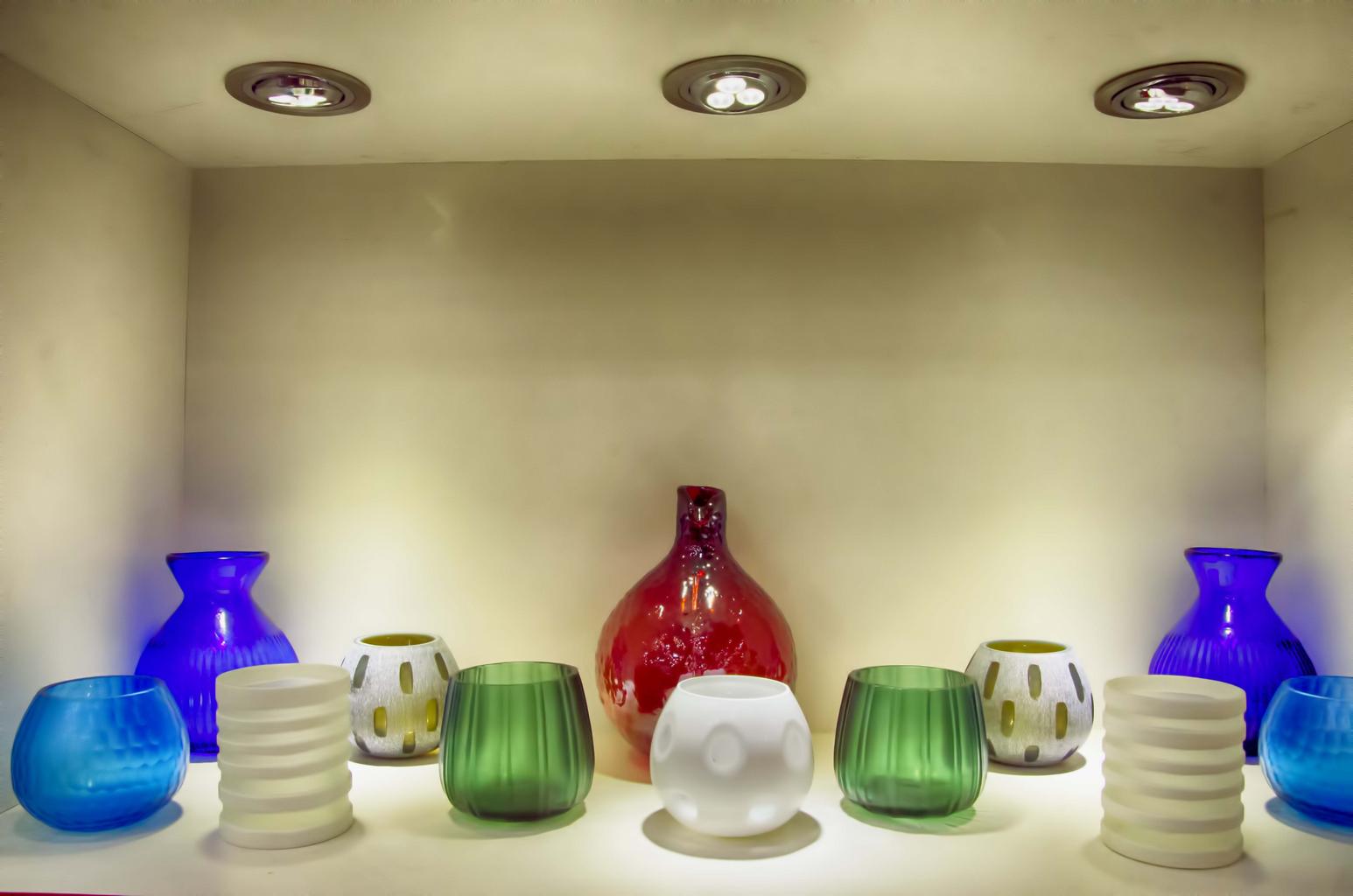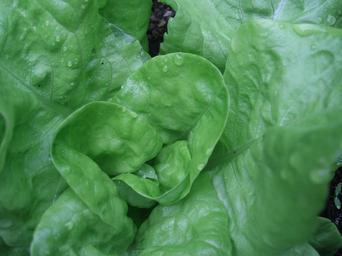Introduction
In the world of visual arts, few mediums express the complexities of human emotion and experience quite like photography. Particularly, aesthetic portrait photography stands out as a transformative art form that breathes life into still images. This article delves deep into the multifaceted journey of creating aesthetic portrait photographs, covering everything from conceptualization to final presentation. With an emphasis on the nuances of self-expression and artistic techniques, we will explore what it means to create portraits that not only capture likeness but also evoke emotion—an essential element in art photography.
What is Aesthetic Portrait Photography?
Aesthetic portrait photography transcends mere representation. It merges technical skill with emotional depth, turning a simple photograph into a captivating piece of art. But what exactly constitutes aesthetic portrait photography?
Defining Aesthetic Portraits
An aesthetic portrait typically involves:
- Composition: The arrangement of elements within the frame plays a crucial role. Lighting: Natural or artificial light can dramatically affect the mood. Color Palette: Color choices can evoke different emotions and responses.
Aesthetic portraits often engage viewers on multiple levels—visually appealing yet deeply emotive.
The Essence of Contemplative Photography
Contemplative photography invites the viewer to pause and reflect. It encourages photographers to focus on their subjects with intention, resulting in images that resonate with authenticity. This practice often leads to more profound storytelling through imagery.
The Initial Concept: Where Ideas Blossom
Finding Inspiration in Everyday Life
Inspiration can strike from various sources. Observing your surroundings might lead you to unexpected ideas for your next portrait session. For instance:
- Nature Architecture Cultural events
Developing Your Artistic Vision
Once you identify your inspiration, it's time to develop your artistic vision:
- What message do you want to convey? How do you envision the final piece?
Your unique perspective is vital in shaping the narrative behind each photograph.
Planning Your Aesthetic Portrait Shoot
Choosing Your Subject Matter
Selecting who or what will be featured in your portrait https://privatebin.net/?57cb136544413bdc#ZqqatEzoVBzWvy9Ve6tViCGDnGyhN8envunanqm9vm4 is crucial. This decision impacts your entire shoot:
- Are you capturing a person, an object, or perhaps even an abstract concept?
Your subject should align with your artistic vision and elicit genuine emotion.
Location Scouting for Impactful Backgrounds
The backdrop can significantly enhance or detract from your portrait’s aesthetic quality:

- Look for locations that complement your subject. Consider rare home interior pictures that add a unique flair.
Creating a Mood Board
A mood board serves as a visual guide throughout your project:
Gather images that inspire you. Include color swatches and textures. Outline poses or compositions you'd like to try.This preparation ensures cohesiveness during the shoot.
Setting Up Your Equipment: Essential Gear for Success
Camera Selection: Choosing the Right Tool for the Job
Your camera is your primary tool as a photographer, so selecting one that suits your needs is essential:
- DSLRs offer versatility and high-quality images. Mirrorless cameras are compact and efficient.
Consider factors such as sensor size and lens compatibility when making your choice.
Lenses That Elevate Portraiture
Different lenses create varied effects in portrait photography:
- A wide aperture lens (e.g., f/1.8 or f/2.8) produces beautiful bokeh. Telephoto lenses help with compression and subject isolation.
Choose lenses that align with your creative goals for each shoot.
The Art of Composition in Portrait Photography
Rule of Thirds vs. Symmetry
Understanding compositional rules enhances visual appeal:
- The rule of thirds helps create balance by placing subjects off-center. Symmetrical compositions evoke harmony but may lack dynamism.
Experiment with both methods to discover which resonates best with your style.
Utilizing Depth of Field Effectively
Depth of field (DoF) refers to how much of an image appears sharp versus blurred:
- A shallow DoF isolates subjects beautifully, drawing attention where it matters most.
Mastering this technique adds sophistication to your aesthetic portraits.
Lighting Techniques for Stunning Portraits
Natural Light vs. Artificial Light Sources
Each lighting type has its merits:
Natural light offers softness and warmth but can be unpredictable. Artificial lighting allows for greater control over shadows and highlights.Understanding how to leverage both types will elevate your work immensely.
Modifiers That Make a Difference
Light modifiers can transform harsh light into something more flattering:
- Softboxes diffuse light evenly across subjects. Reflectors bounce light back onto faces for added brightness.
Experiment with various modifiers until you find what works best for each scenario.
Posing Techniques That Inspire Authenticity
Engaging Subjects for Genuine Expressions
Getting authentic expressions from subjects requires effective communication:
Build rapport before shooting. Use humor or engaging dialogue during sessions.This connection fosters natural moments worth capturing on camera.
Creative Posing Strategies
Explore diverse poses beyond traditional stances:
- Utilize movement—encourage subjects to walk or shift their weight naturally.
Play around with angles; sometimes shooting from above or below can yield striking results!
Editing Your Aesthetic Portrait Photos
Post-processing Basics
Editing plays a crucial role in transforming raw images into polished works of art:
Start with basic adjustments (exposure, contrast). Experiment with color grading; consider using presets tailored for aesthetic portraits.This step allows you to refine details while maintaining authenticity!
Advanced Editing Techniques
For those willing to dive deeper into post-processing:
- Explore retouching techniques while ensuring you preserve skin texture. Learn how layers work within software like Adobe Photoshop—this skill opens doors!
These advanced skills give full control over every aspect of an image's final appearance.
Presenting Your Artwork: From Canvas to Wall
Print Options for Fine Art Photography
Once you've edited your photos, how do you present them? There are many options available!
- Matte prints provide subtle elegance; glossy finishes offer vibrancy! Consider incorporating linocut techniques if you're interested in mixed media approaches—why do many contemporary printmakers prefer linocut? Because it allows them unique expression while embracing tradition!
These choices enhance viewer engagement when displayed as fine art pieces!
Creating an Aesthetic Photos Wall
Why not curate an entire wall dedicated solely to aesthetic portraits? Here are some tips:
Choose complementary frames that unify diverse styles together harmoniously! Arrange pieces by color scheme or theme—creating visual flow captures attention effortlessly!This artistic display draws people in while showcasing talent effectively!
Exploring Self-expression Through Self-Portraits
Self-expression comes alive through self-portraiture! But what does this mean?
- Abstract self portrait photography breaks conventional boundaries; consider faceless self portrait ideas where identity remains ambiguous yet intriguing!
Embrace experimentation alongside introspection; these journeys often reveal hidden truths about oneself!
Frequently Asked Questions (FAQs)
What makes contemplative photography different from other styles?
Contemplative photography encourages mindfulness and deeper connection between the photographer and their subject, focusing on genuine moments rather than staged ones—a refreshing approach amidst commercialized visuals today!
How can I incorporate fine art elements into my aesthetic portraits?
Fine art techniques involve careful composition choices coupled with intentional lighting setups! Additionally experimenting creatively during editing processes enhances uniqueness within captured moments!

Are there specific themes I should explore when creating self-portaits?
Absolutely! Themes such as identity exploration, emotional experiences, relationships—all encourage deeper connections between viewers & artists alike!
What equipment do I need if I'm just starting out?
A decent DSLR/mirrorless camera paired along versatile lenses would suffice initially! Furthermore investing time learning about lighting & composition techniques elevates initial shots tremendously—even smartphone cameras yield impressive results nowadays too!
How important is post-processing in achieving aesthetically pleasing portraits?
Post-processing holds significant importance—it refines images according personal aesthetics enhancing atmosphere conveying desired emotions effectively too!
Can I combine different printing techniques when presenting my work?
Certainly! Combining linocut prints alongside photographic works creates exciting contrasts highlighting multidimensional artistry visually intriguing audiences further inspiring dialogue surrounding interpretations behind creations made along paths taken artistically!
Conclusion
From Concept to Canvas: The Journey of Aesthetic Portrait Photo Creation unveils layers upon layers surrounding crafting compelling imagery nonetheless revealing intrinsic connections embedded among creators & viewers alike! By embracing principles encompassing thoughtful planning & mindful engagement throughout processes undertaken—from scouting locations down editing intricacies—artists cultivate narratives translating profound emotions through visual storytelling encapsulating essence found uniquely reflected within every shot taken along way traveled artistically!